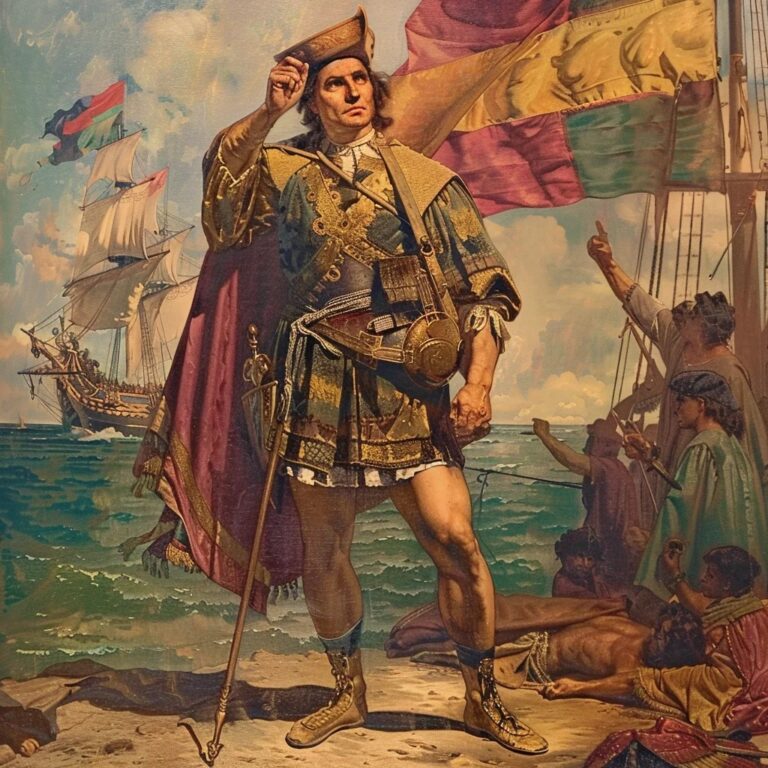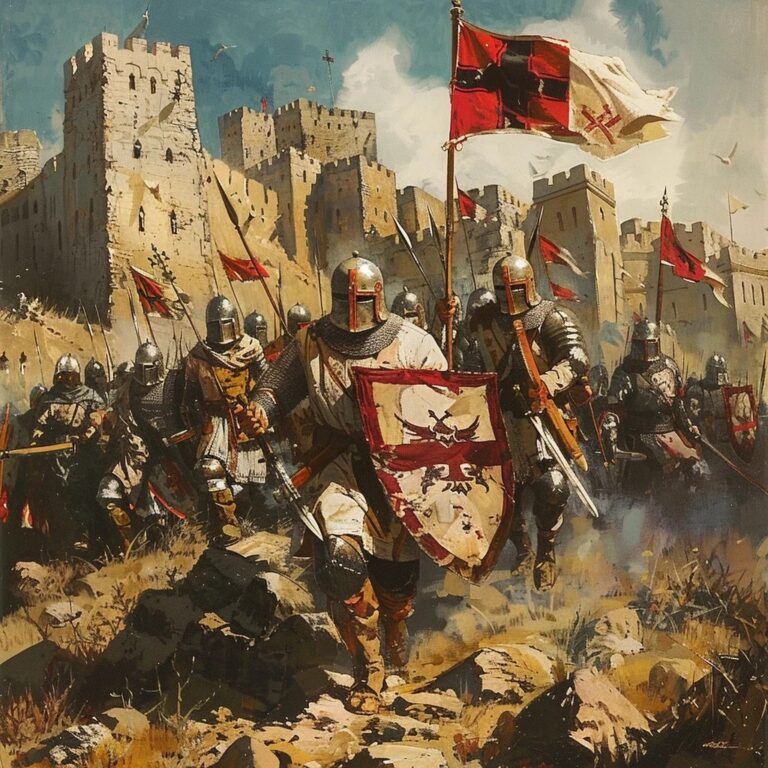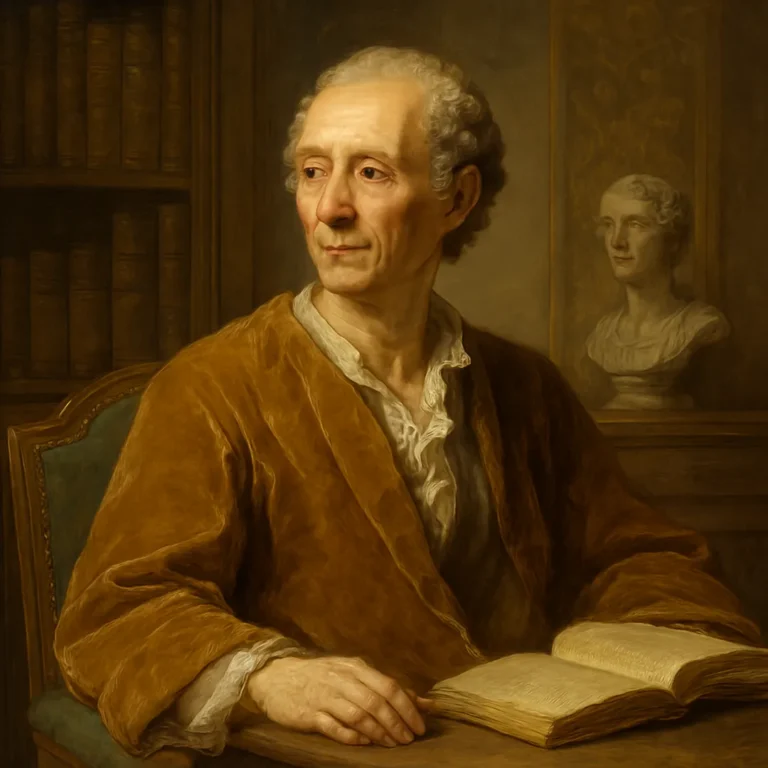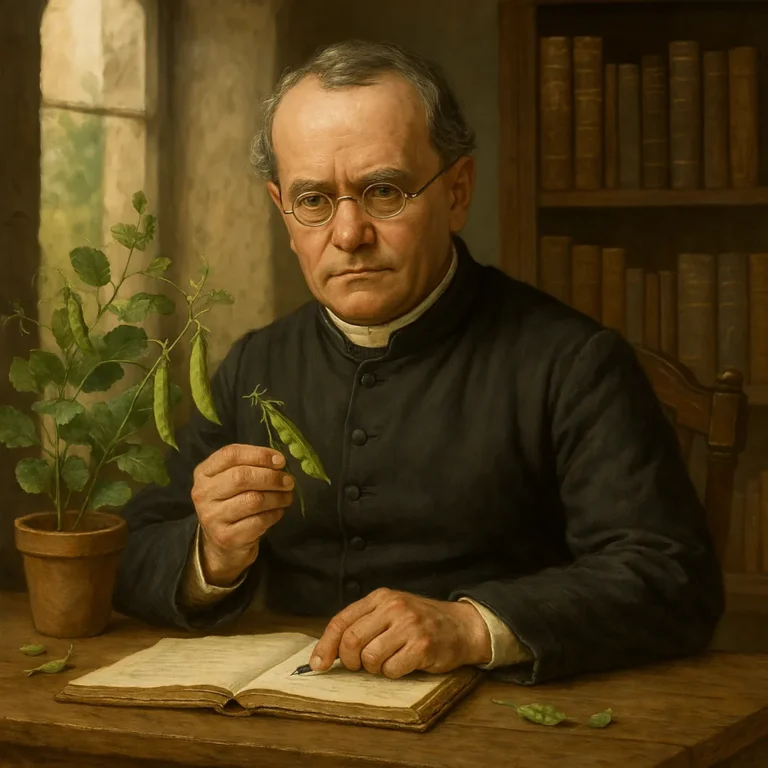Christopher Columbus was born in 1451 in Genoa, Italy.
He set sail on his first voyage on August 3, 1492, with three ships: the Niña, the Pinta, and the Santa María.
Columbus first landed in the Bahamas on October 12, 1492.
He believed he had found a new route to Asia, but he had actually discovered the New World.
Columbus made a total of four voyages to the Americas between 1492 and 1504.
He never actually set foot on the mainland of North America; his explorations were primarily in the Caribbean.
Columbus encountered indigenous peoples and referred to them as 'Indians,' believing he had reached the East Indies.
He established the first Spanish colony in the New World on the island of Hispaniola.
Columbus faced numerous challenges, including shipwrecks, mutinies, and conflicts with indigenous populations.
Christopher Columbus returned to Spain in chains in 1500 after being arrested for his tyrannical governance of Hispaniola.
Columbus died on May 20, 1506, still believing he had found a westward route to Asia.
His voyages are celebrated in the United States as Columbus Day, though the holiday is controversial.
Columbus's journeys marked the beginning of centuries of transatlantic conquest and colonization.
He kept detailed journals of his voyages, which provide valuable historical information.
Columbus's legacy is complex, with recognition for his navigational achievements but also criticism for his treatment of indigenous peoples.
How useful was this post?
Click on a star to rate it!



